Another mystery tree
Daniel Central IN, Zone 6a
7 years ago
Featured Answer
Sort by:Oldest
Comments (24)
i_like_pi
7 years agokentrees12
7 years agoRelated Discussions
Thorny tree and another mystery tree
Comments (5)Thank you for figuring out my mystery! I looked up the hawthorn online and feel lucky to have one! I have a lot of deer mesh so maybe I will protect this one when the weather turns. I was walking through the woods behind my house yesterday and I notice quite a few more hawthorns. They are much larger in the woods. I'm looking forward to seeing it bloom. Their presence makes sense because this land used to be a grazing pasture for cattle. Thanks again!...See Moreanother pic of my mystery tree/shrub
Comments (1)I would suggest Symplocos tinctoria, "sweetleaf" or "horse sugar"....See MoreAnother mystery tree growing in my yard, any experts?
Comments (2)And here is a full shot.......See MoreMystery Fern & 2 Mystery Trees
Comments (4)The small tree has some resemblance to Prunus lusitanica but ones here - where it is a weed - are not as glossy and I don't think the slight zigzag of the shoots is liable to be seen either. Many more kinds of broad-leaved evergreens can be grown there than here, it might be something superficially similar but actually different. The larger tree I think will turn out to be a Comarostaphylis. It is certainly not an Arbutus....See Morerhizo_1 (North AL) zone 7
7 years agoDaniel Central IN, Zone 6a
7 years agokentrees12
7 years agolast modified: 7 years agowisconsitom
7 years agorhizo_1 (North AL) zone 7
7 years agofloral_uk z.8/9 SW UK
7 years agokentrees12
7 years agorhizo_1 (North AL) zone 7
7 years agokentrees12
7 years agoSara Malone Zone 9b
7 years agoSherry8aNorthAL
7 years agoEmbothrium
7 years agosam_md
7 years agokentrees12
7 years agobrandon7 TN_zone7
7 years agobrandon7 TN_zone7
7 years agoLogan L Johnson
7 years agoDaniel Central IN, Zone 6a
7 years agowisconsitom
7 years agorestorephoto
7 years agoLogan L Johnson
7 years ago
Related Stories
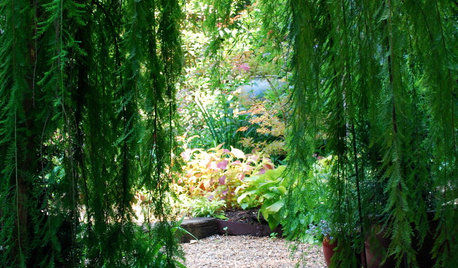
LANDSCAPE DESIGNTo Make Your Garden Memorable, Add a Hint of Mystery
An element of mystique — intriguing gates, an interplay of light and shadow, hidden views — can take your garden to the next level
Full Story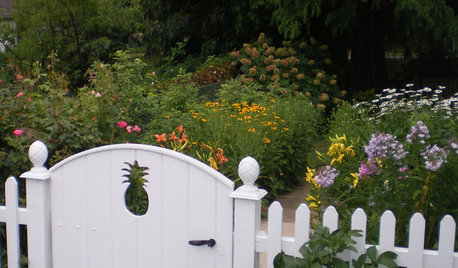
DECORATING GUIDESDesign Mystery: Why Do Pineapples Sprout Up in Home Design?
Early Americans were bananas about pineapples — and we’re still reaping the benefits of the sweet fruit’s symbolism today
Full Story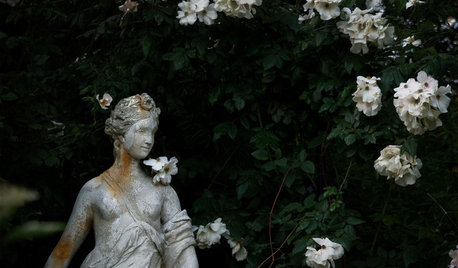
LANDSCAPE DESIGNGet the Mystery of a Gothic Garden for Yourself
Create an enchanting and tranquil scene with the stonework and wayward plantings of Gothic garden design
Full Story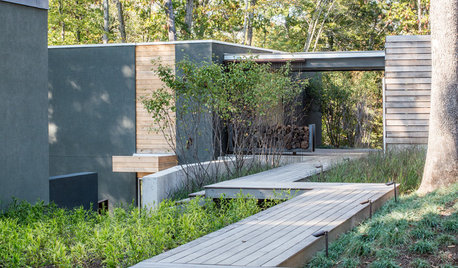
PATHSCreate Garden Mystery With a Zigzag Path
Foster intrigue by setting garden paths at angles ‘yatsuhashi’-style
Full Story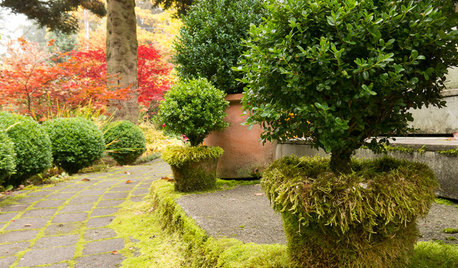
LANDSCAPE DESIGNEvoke Mystery and History With Moss in the Garden
Go ahead, lie about age. Moss on garden statues, planters and pavers creates the beautifully deceptive look of time’s passing
Full Story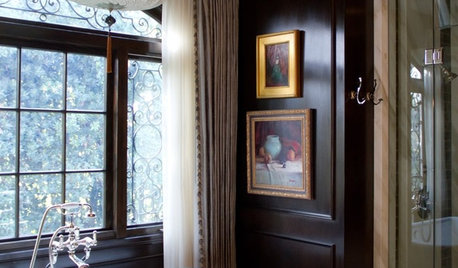
COLORUnravel the Mystery of Black
Venture into the shadowy world of this controversial hue; learning black's history and uses might just put it in a different light
Full Story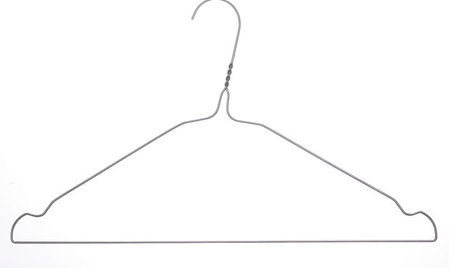
EVENTSWho Invented the Coat Hanger, and Other Household Mysteries Solved
Learn the origins of common household objects, see patent drawings and more in a traveling exhibition
Full Story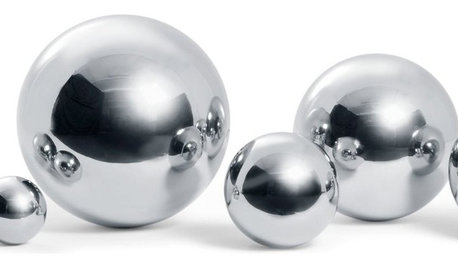
GARDENING AND LANDSCAPINGReflect on Your Garden's Mystery With Gazing Balls
Conjure a sense of magic with metallic garden spheres, which expand the view and your landscape's design potential
Full Story
MOVINGSaying Goodbye to One Home and Hello to Another
Honor your past and embrace your future with these ideas for easing the transition during a move
Full Story
EVENTSDon't Throw Away Another Household Item Before Reading This
Repair Cafe events around the world enlist savvy volunteers to fix broken lamps, bicycles, electronics, small appliances, clothing and more
Full Story




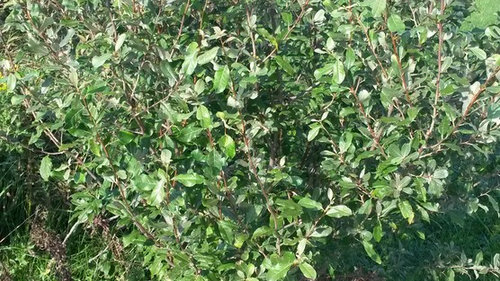

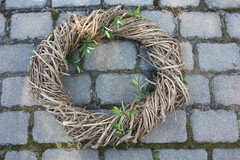



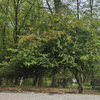
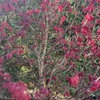
gardengal48 (PNW Z8/9)